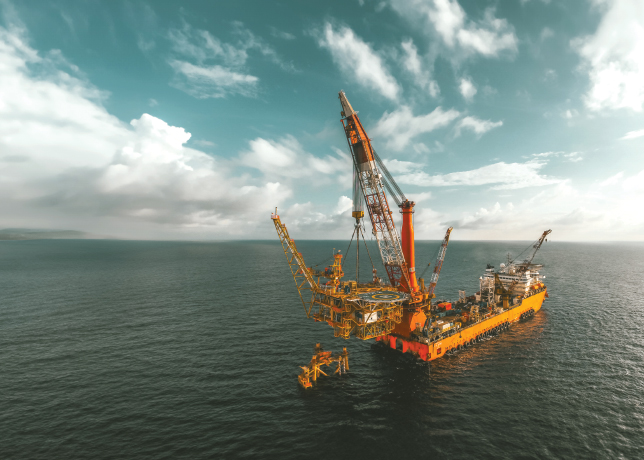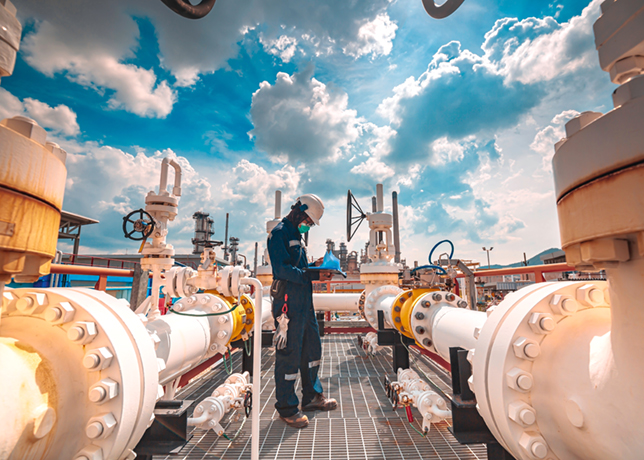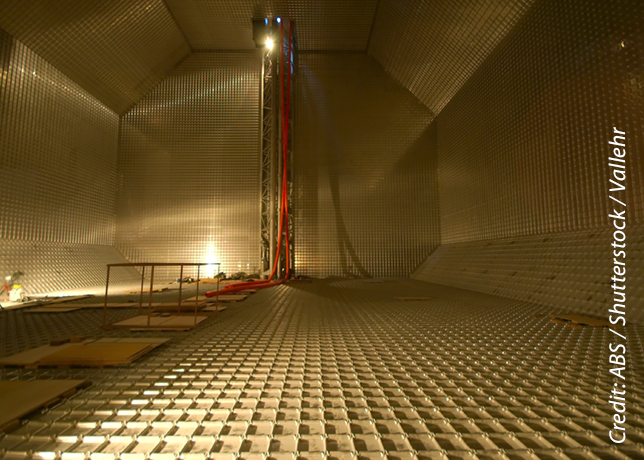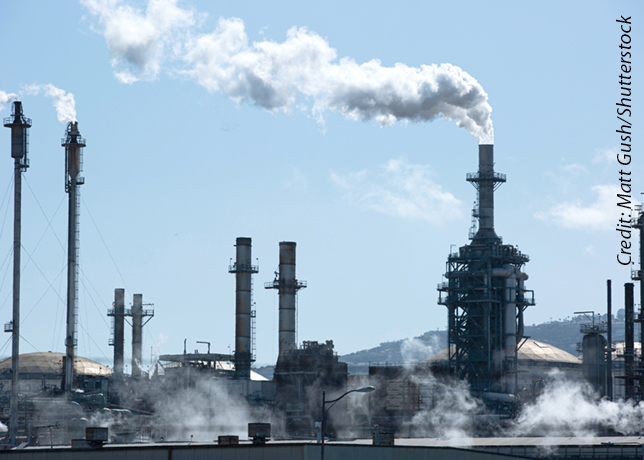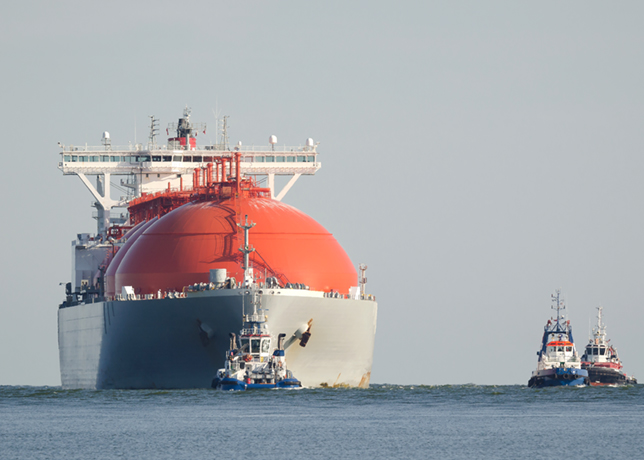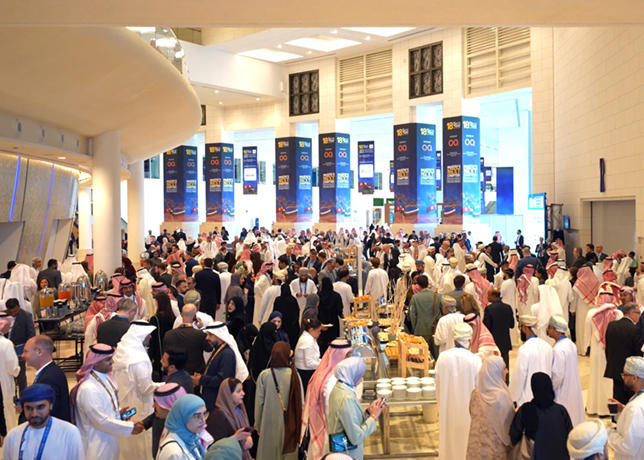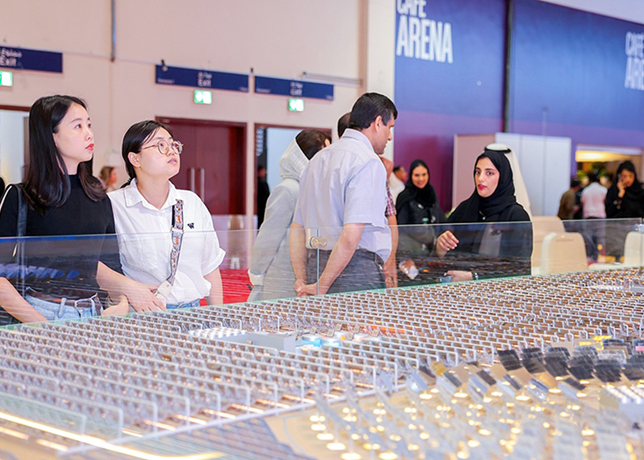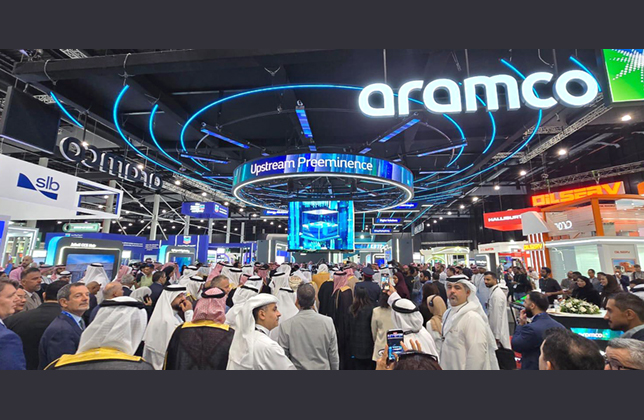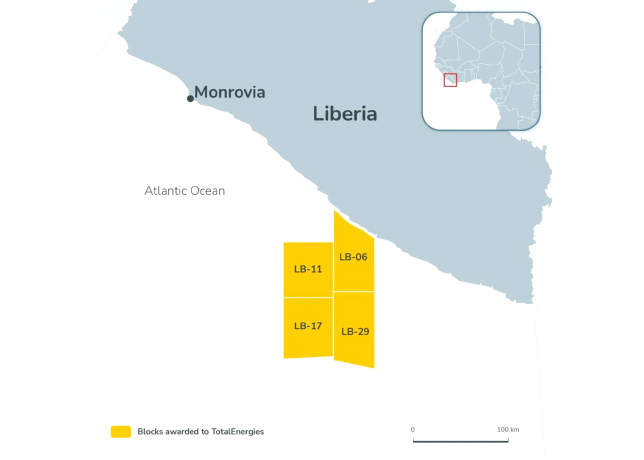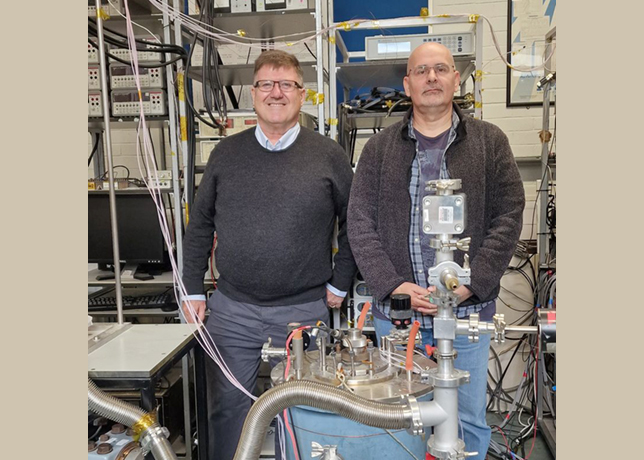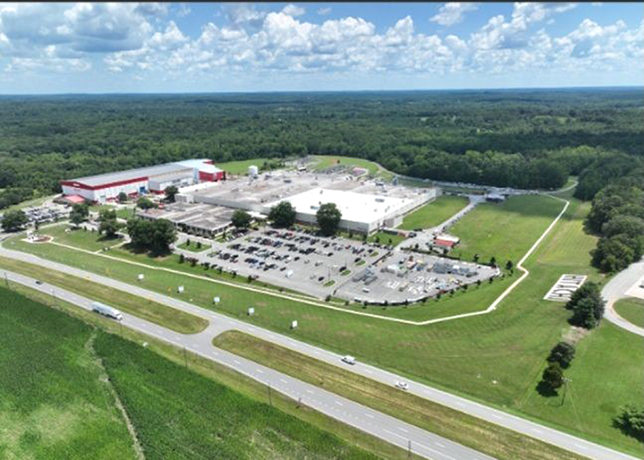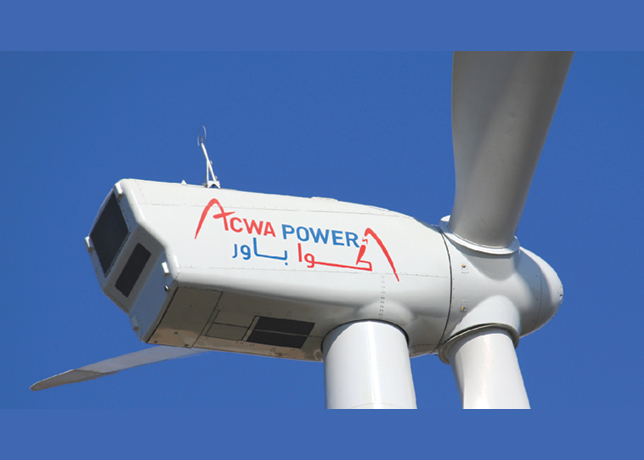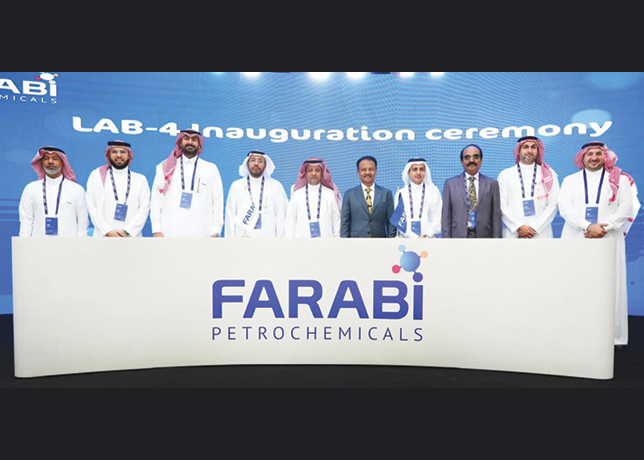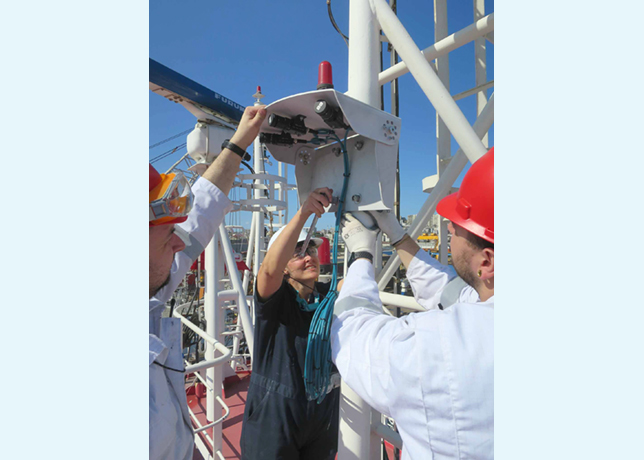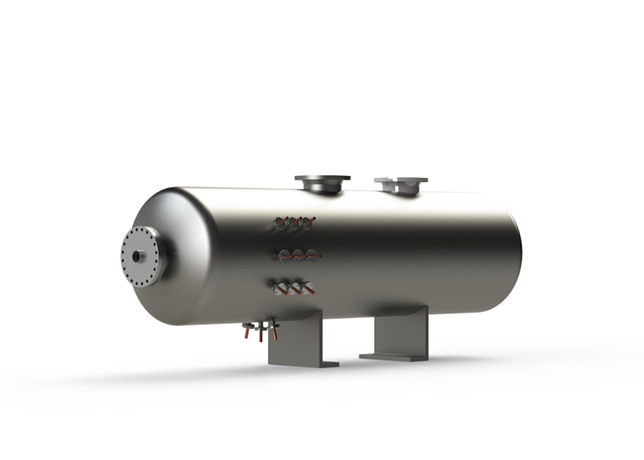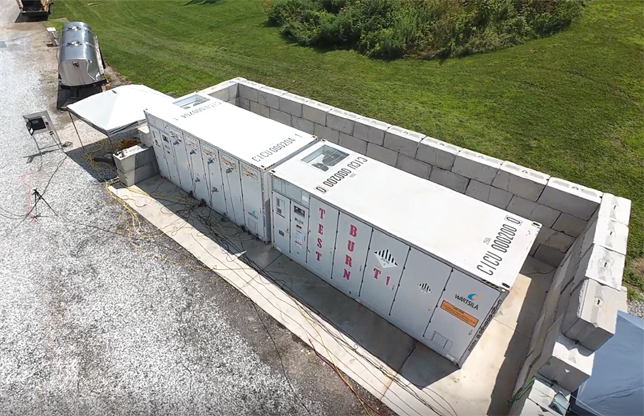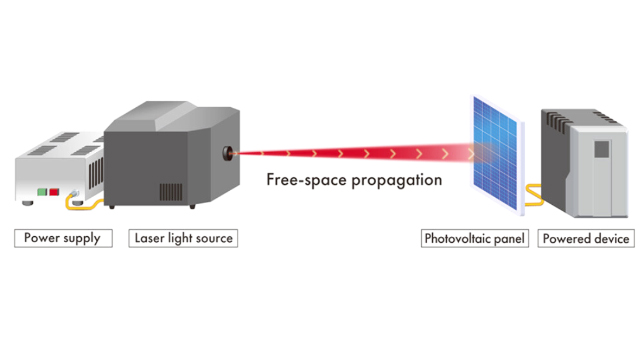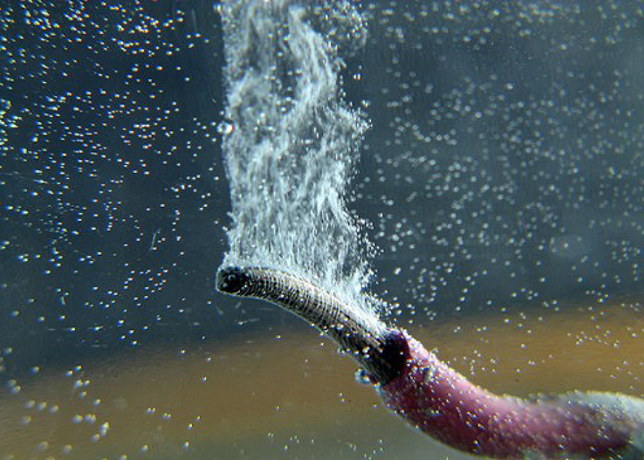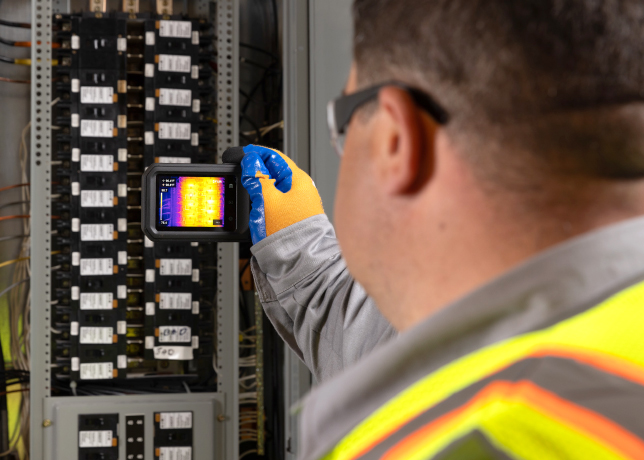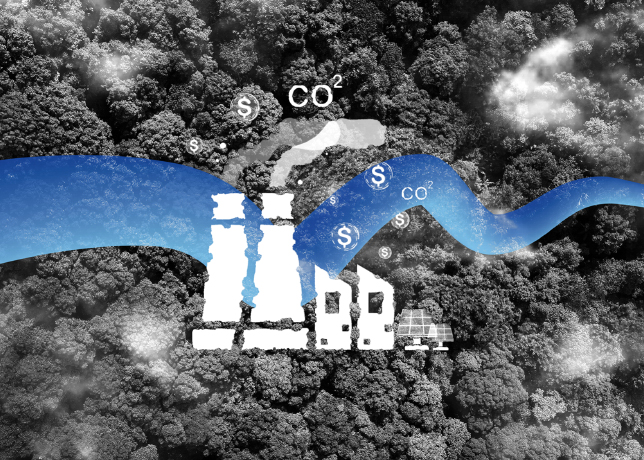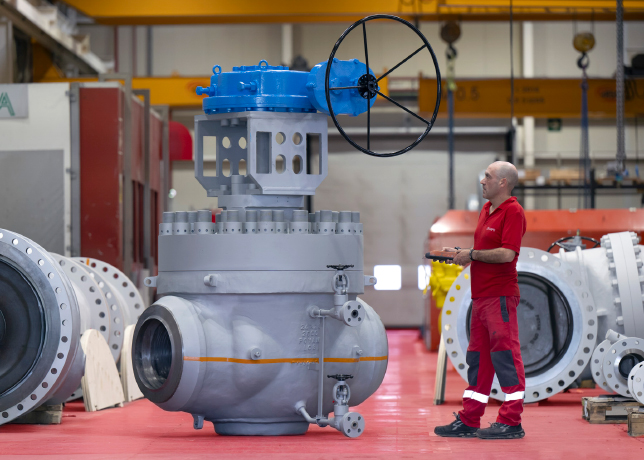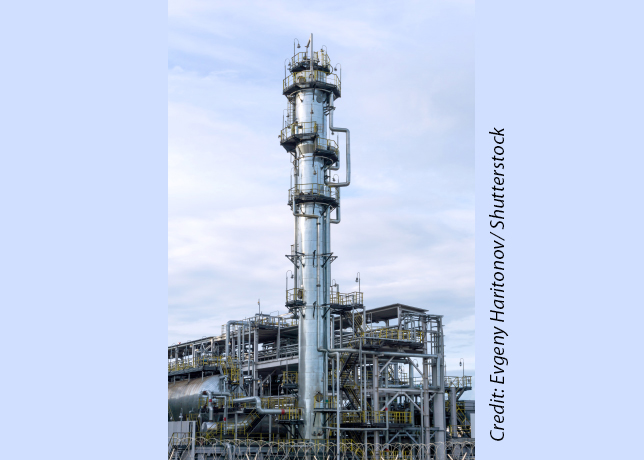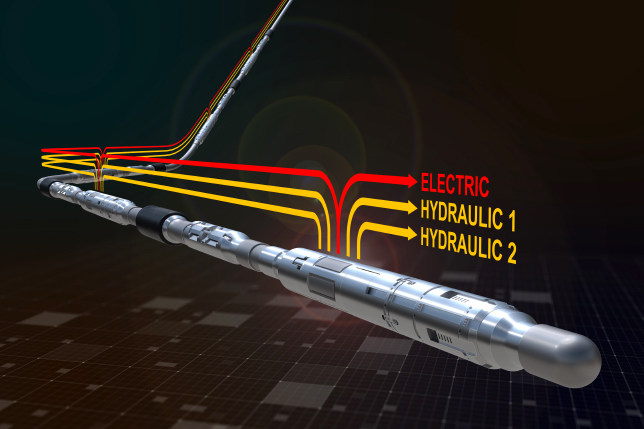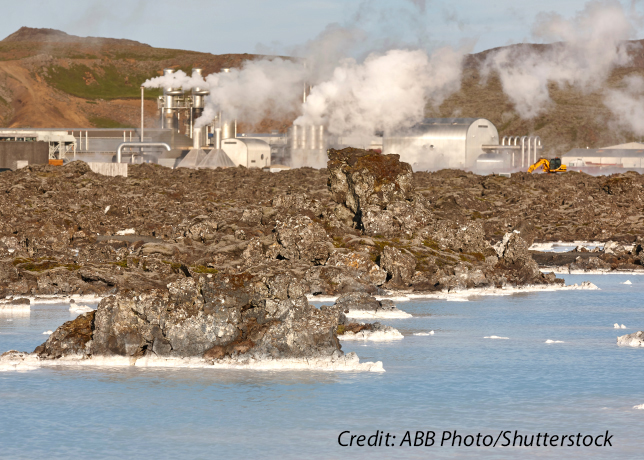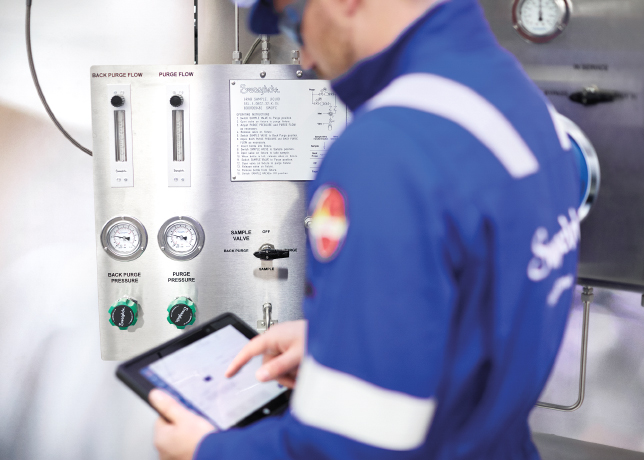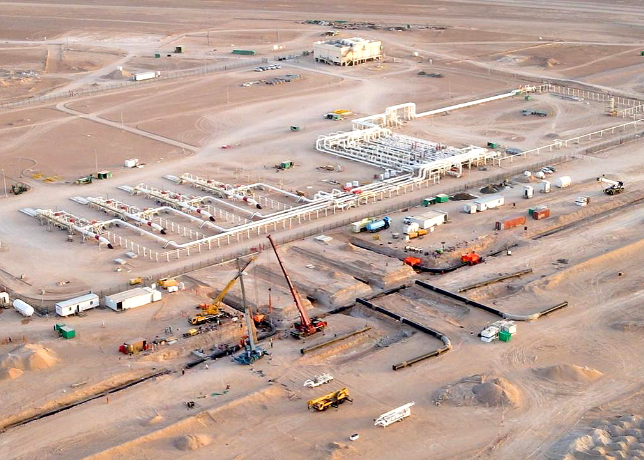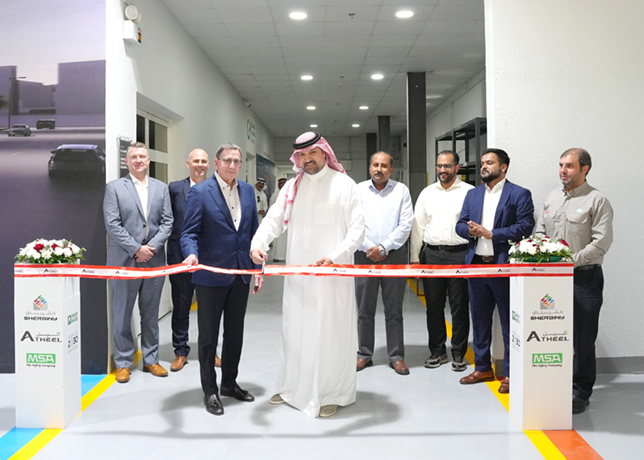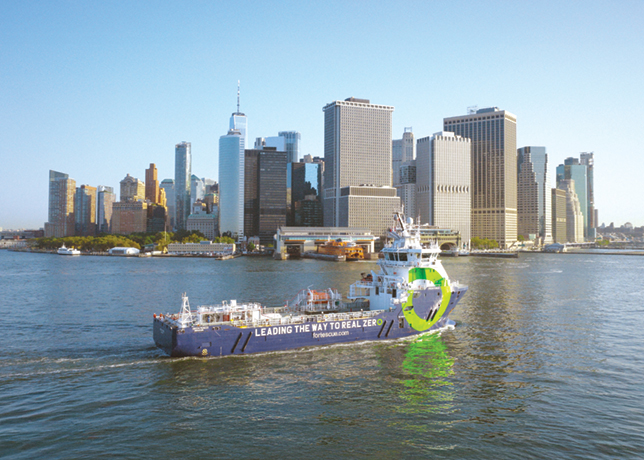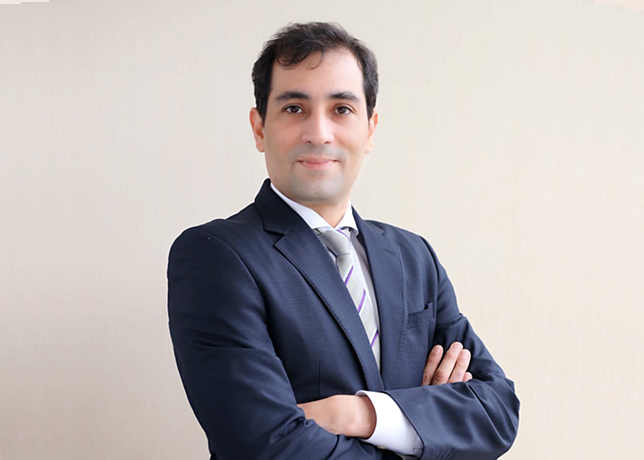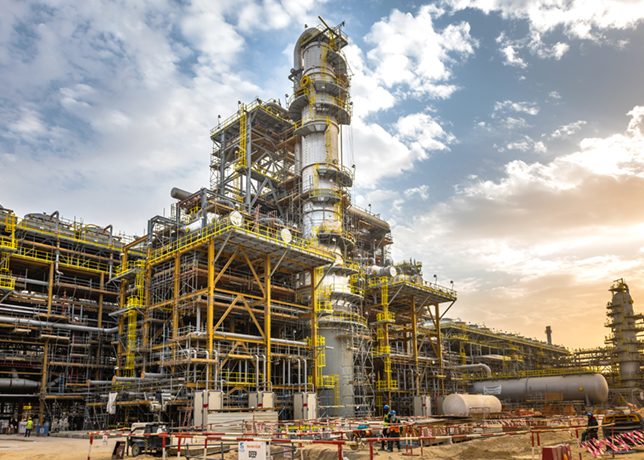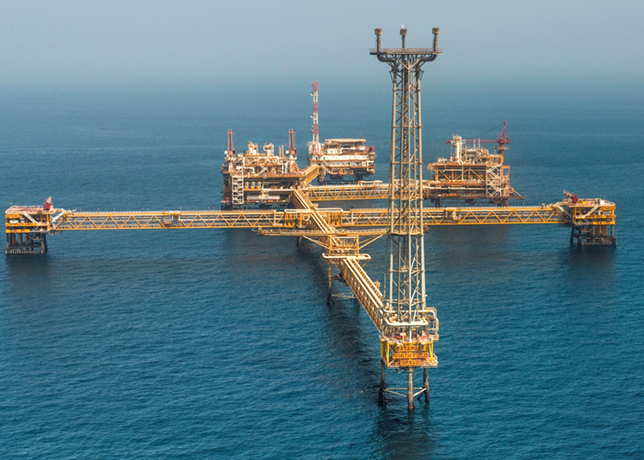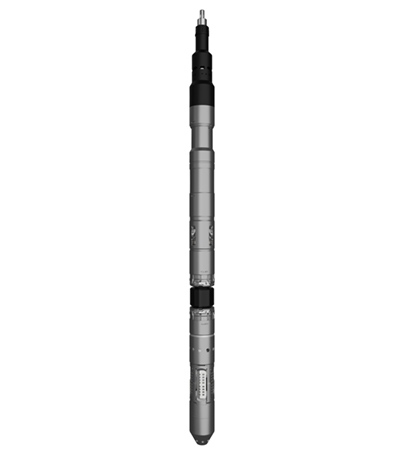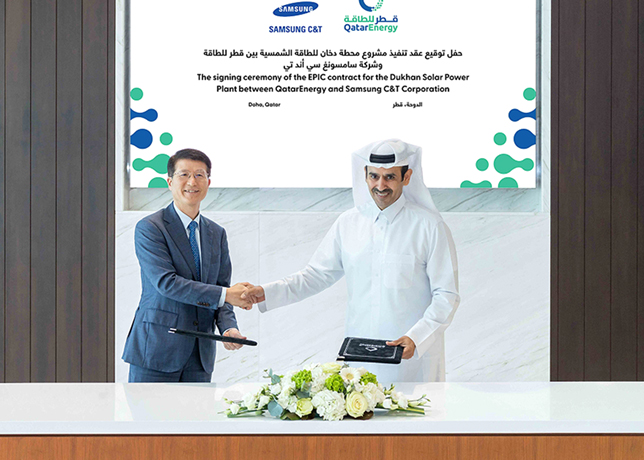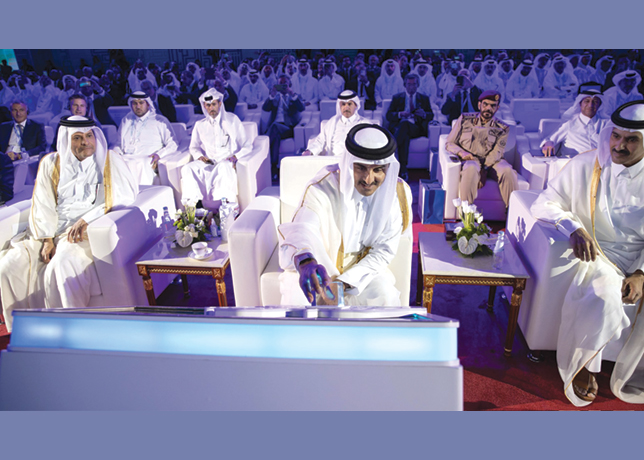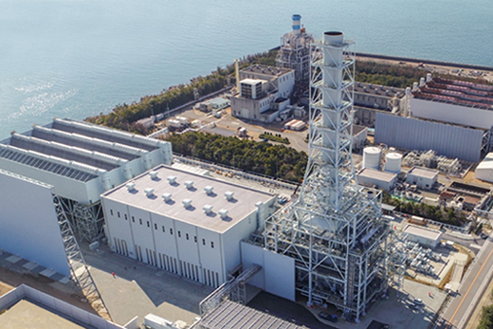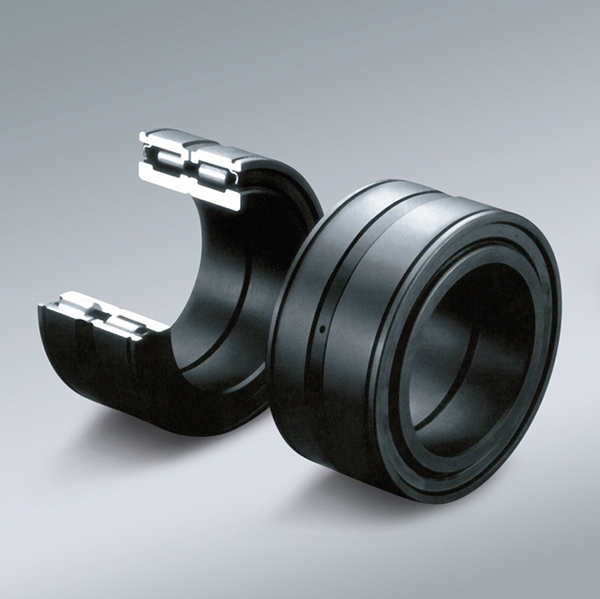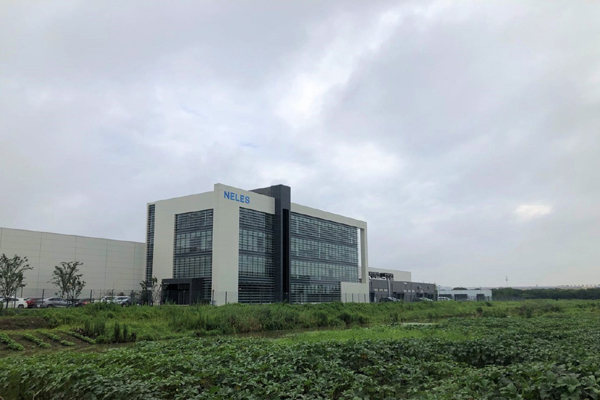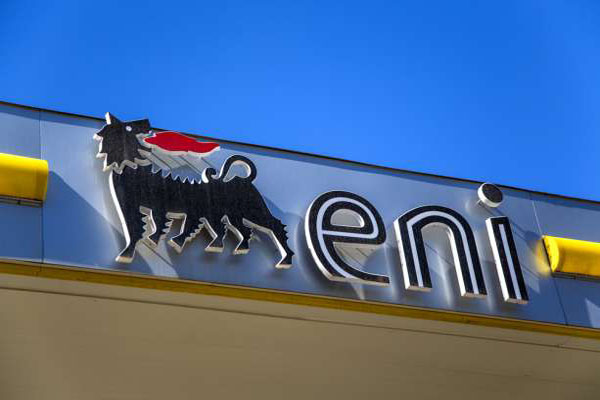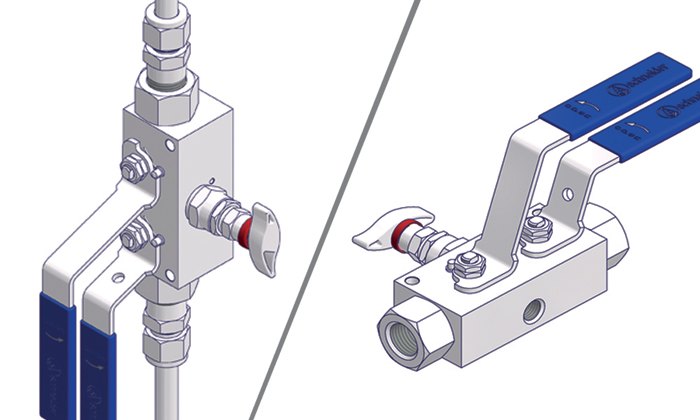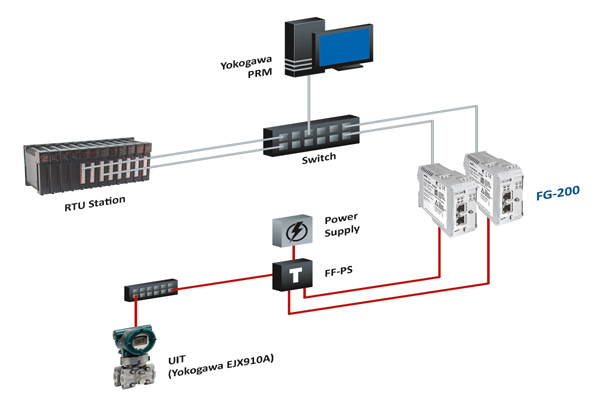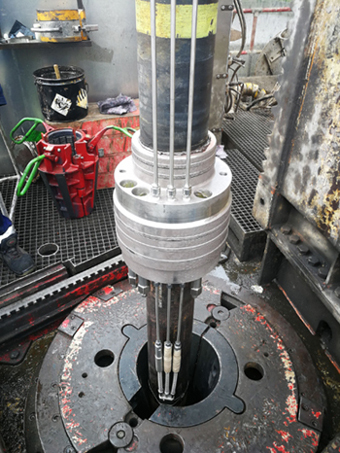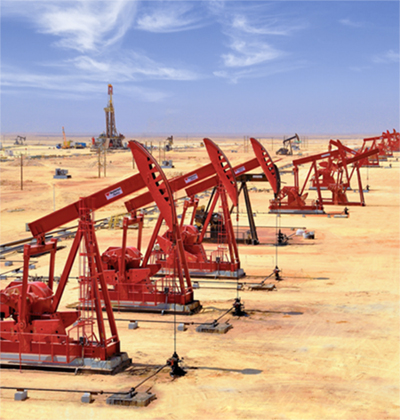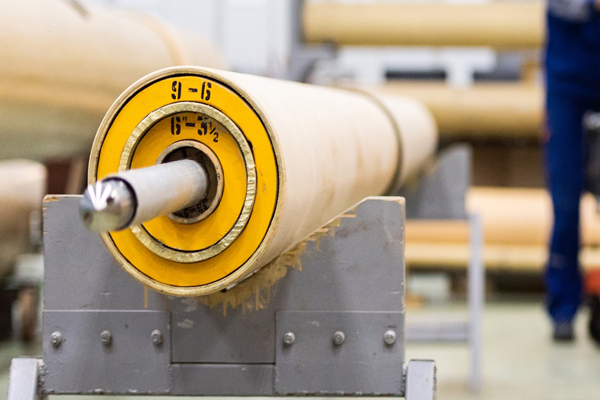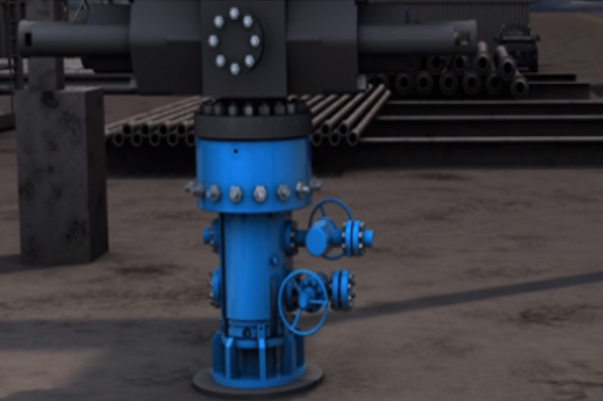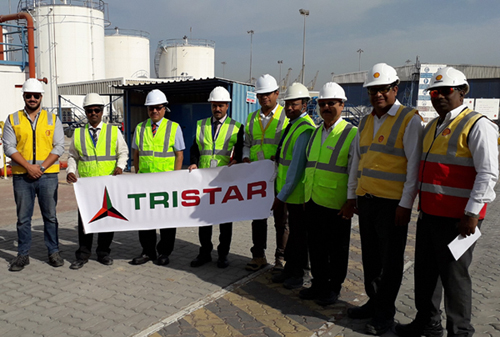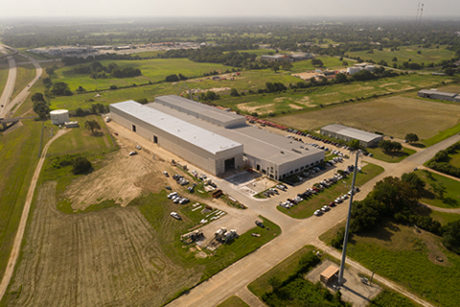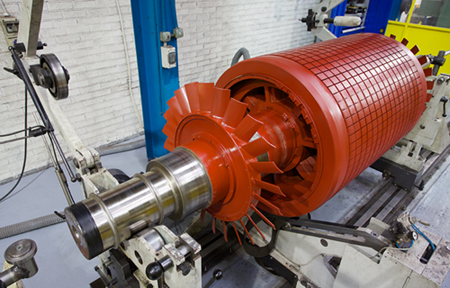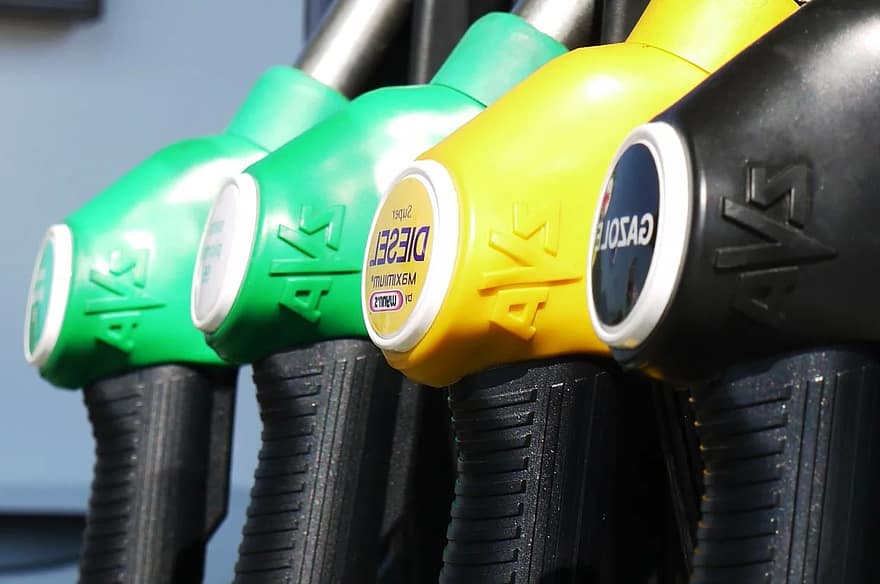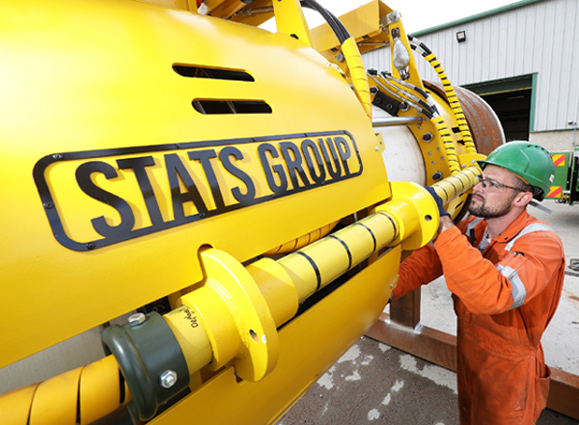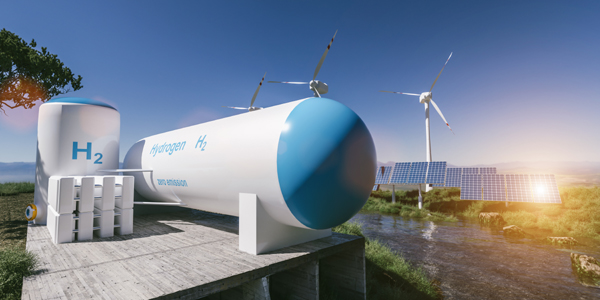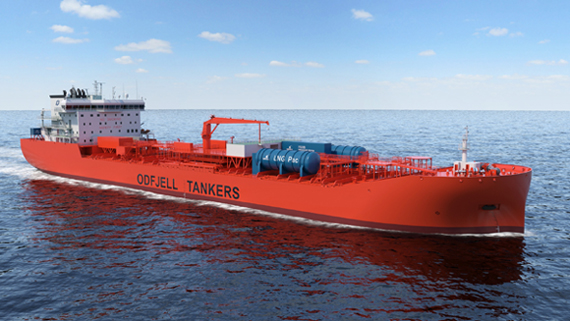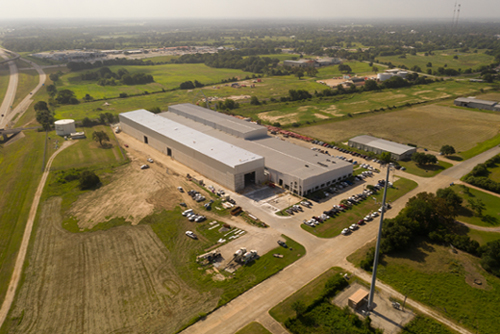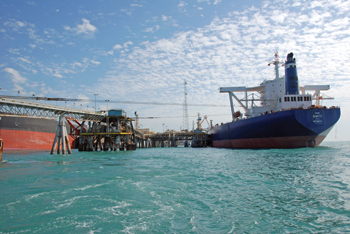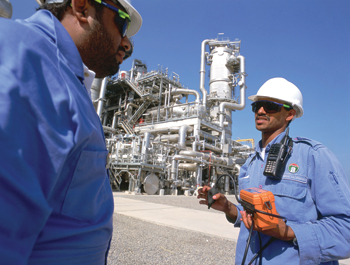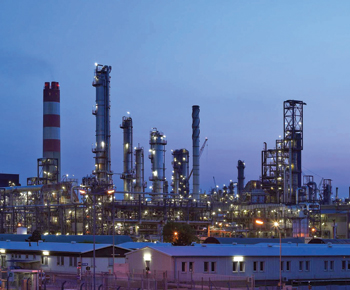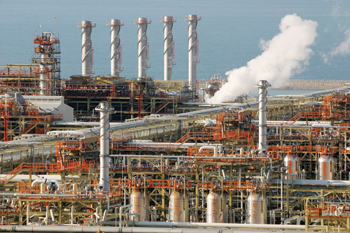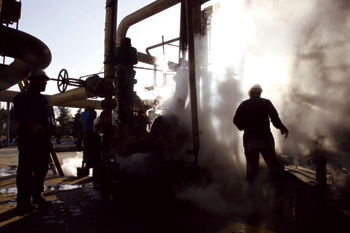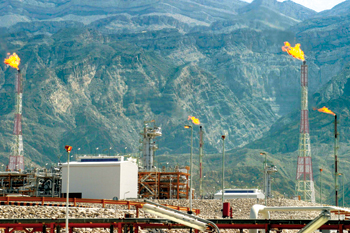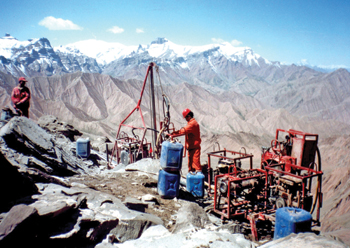
 CNPC ... exiting South Pars in 2012
CNPC ... exiting South Pars in 2012
IRAN hopes to begin during the next few months work designed to boost the country’s oil production capacity by 1 mbpd in four years, oil minister Bijan Zanganeh says, targeting mainly fields it shares with neighbouring states.
“If we succeed in reaching this level within less than four years to have around 1 mbpd of extra production capacity and namely from the shared oil fields, it will be our best winning card,” he says.
Sanctions imposed by the US and European Union in mid-2012 have slashed Iran’s crude exports to as little as 1 mbpd from previous levels of 2.2-2.3 mbpd. Tehran’s limited access to world oil markets has had a spillover effect on production, which has also fallen by as much as 1 mbpd to 2.8-2.85 mbpd.
Zanganeh says his plans would see the country’s oil production capacity rise to 5.7 mbpd within four years.
A former oil minister under reformist President Mohammad Khatami between 1997 and 2005, during which time he attracted billions of investment dollars into Iran, Zanganeh returned to the oil ministry in August last year with a pledge to prioritise the development of big oil fields shared with neighbouring countries. Among these fields are the onshore Yadavaran and North and South Azadegan fields, which straddle the border with Iraq.
Mainly as a result of sanctions, few international companies are now working in Iran’s upstream and Tehran has had to rely on Chinese state-owned firms China National Petroleum Corporation and Sinopec to work on major projects. But CNPC was expelled from South Azadegan, whose reserves are estimated at 42 billion barrels, for failing to move the work forward since 2009 when it was awarded the contract. And while CNPC remains in charge of North Azadegan, Zanganeh says its work had not been satisfactory.
Iranian officials have also complained about Sinopec’s progress on Yadavaran. “We still have cooperation with the Chinese in some projects. We haven’t stopped working with them. In those parts that they were inadequate, we told them not to work there,” Zanganeh says.
CNPC was awarded the contract to develop North Azadegan and South Azadegan in 2009, the same year it was also awarded Phase 11 development of the South Pars gas field, which it exited in 2012, to be replaced by local contractor Petropars a year later.
South Pars phase 11 has been stalled for years and the 2013 award of the contract to Petropars marked the third time Iran signed a contract for the same project.
In July 2012, local agencies reported that China had pulled its staff from South Pars, after repeated ultimatums from Iran to move the $5-billion project forward. South Pars’ reservoir is shared with Qatar, where the field is known as the North Field.
The entire South Pars complex contains around half of Iran’s 33 trillion cubic metres of gas reserves but, thanks to the various delays in bringing all planned 28 phases on stream, is currently producing only 300 million cubic metres/day of gas at a time of rising domestic energy consumption.
Zanganeh says that new phases of South Pars would become operational during the Iranian year beginning March 2015 and that this would provide Iran with surplus gas for export.
In particular, he says, Iran hopes to become a major supplier of either natural gas or LNG to Europe.
“Iran is always willing to be present in the European market as a country with the capability of supplying gas in big volumes, whether in the form of pipeline or LNG,” he says.




